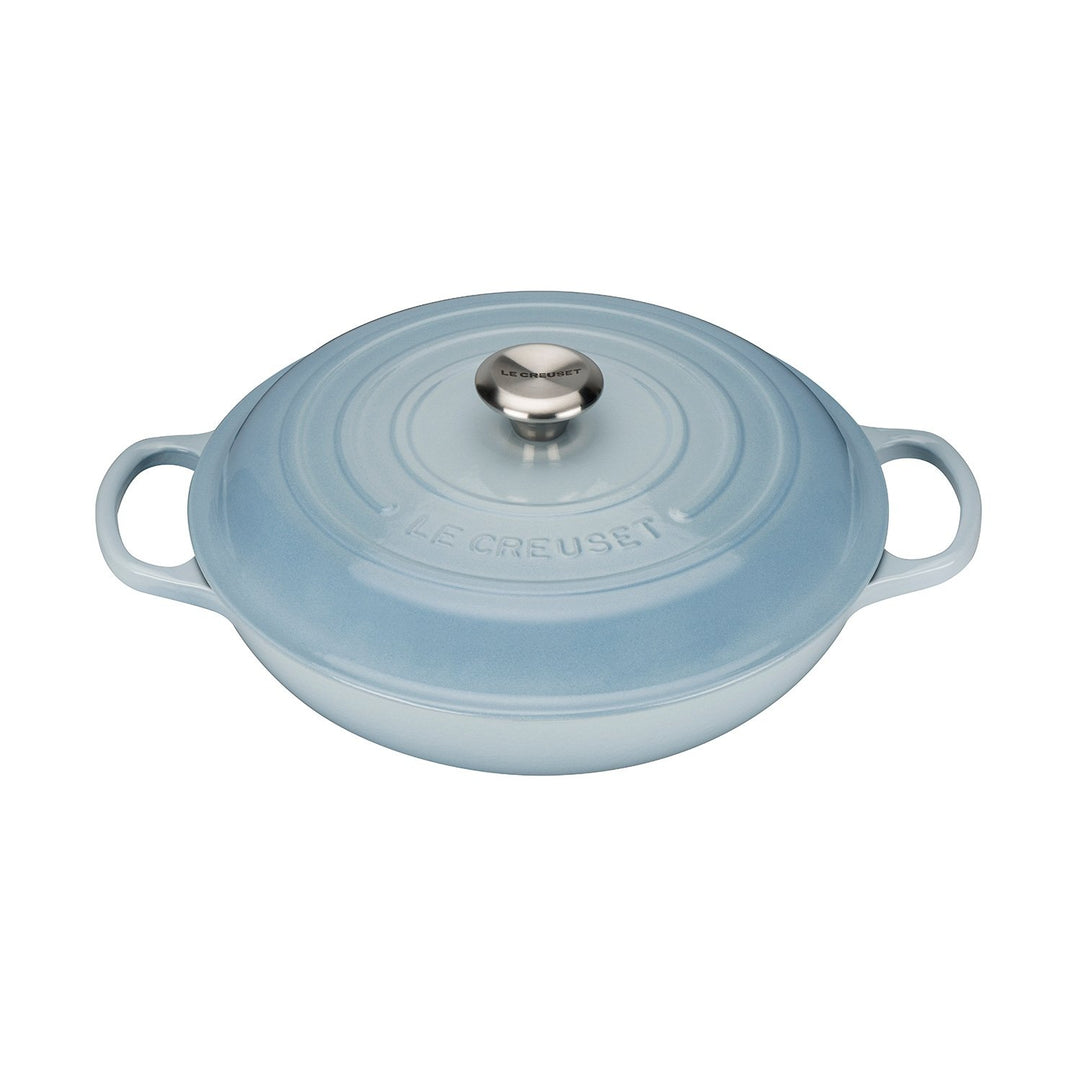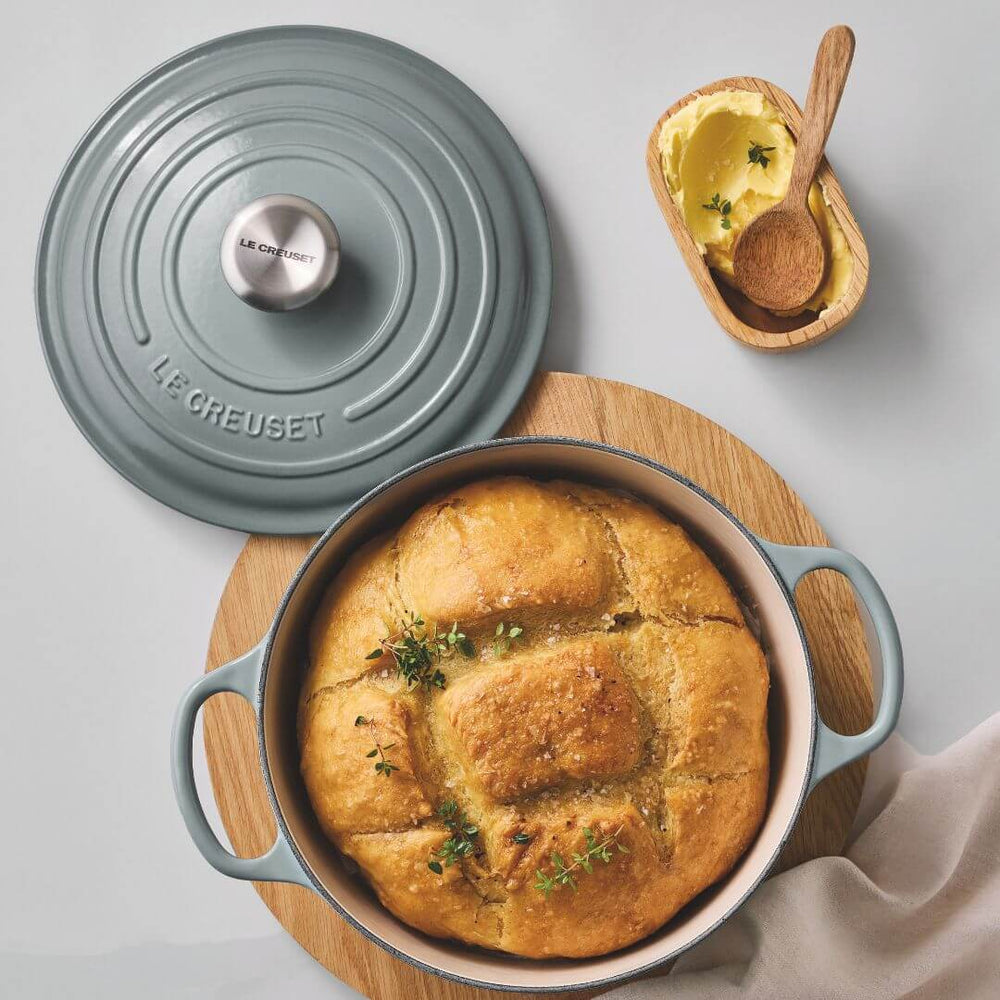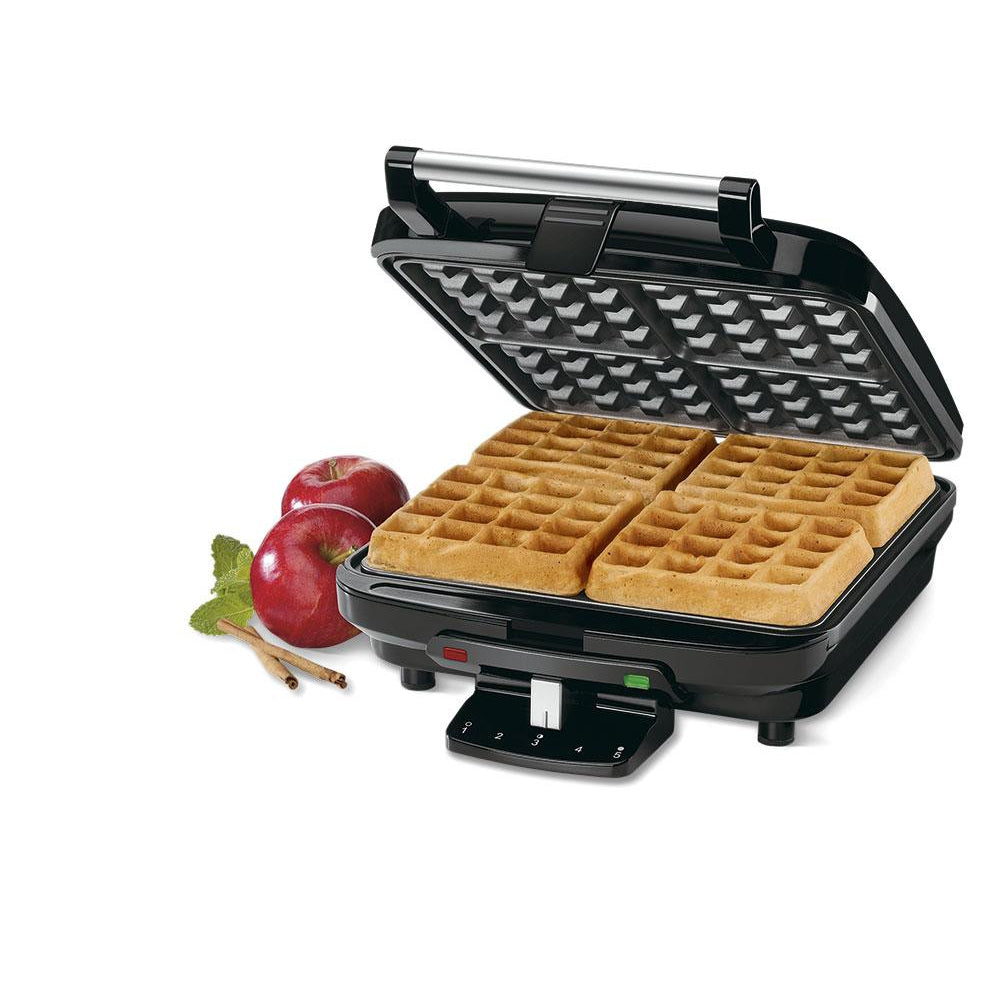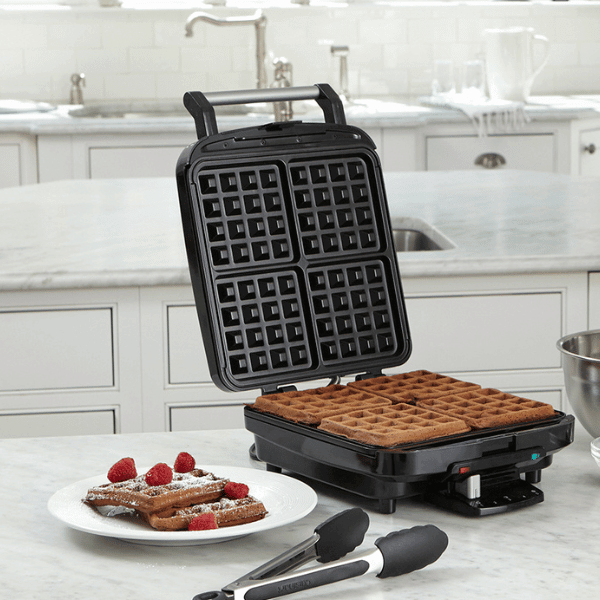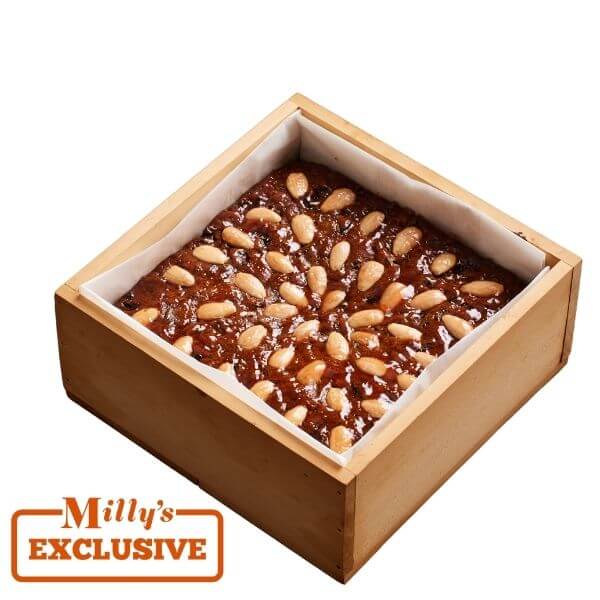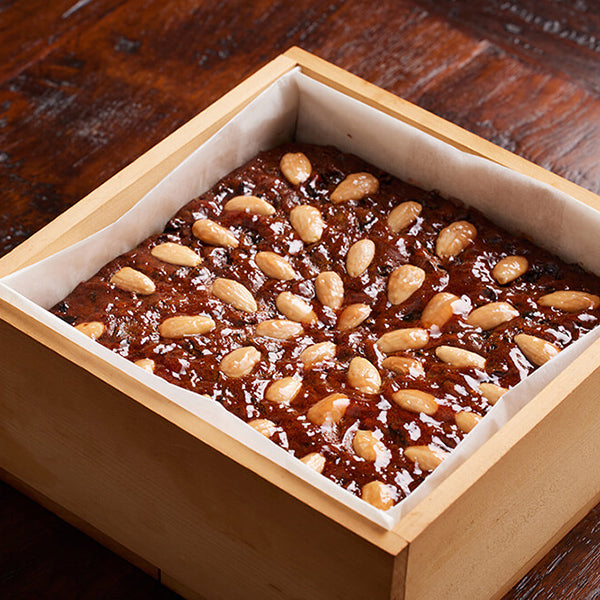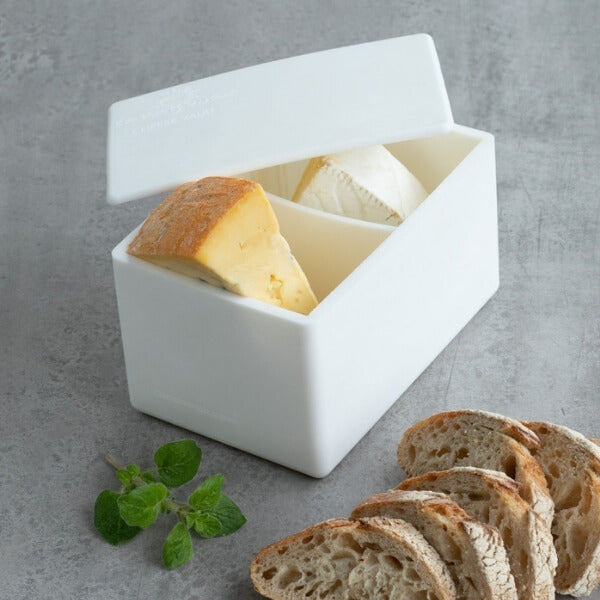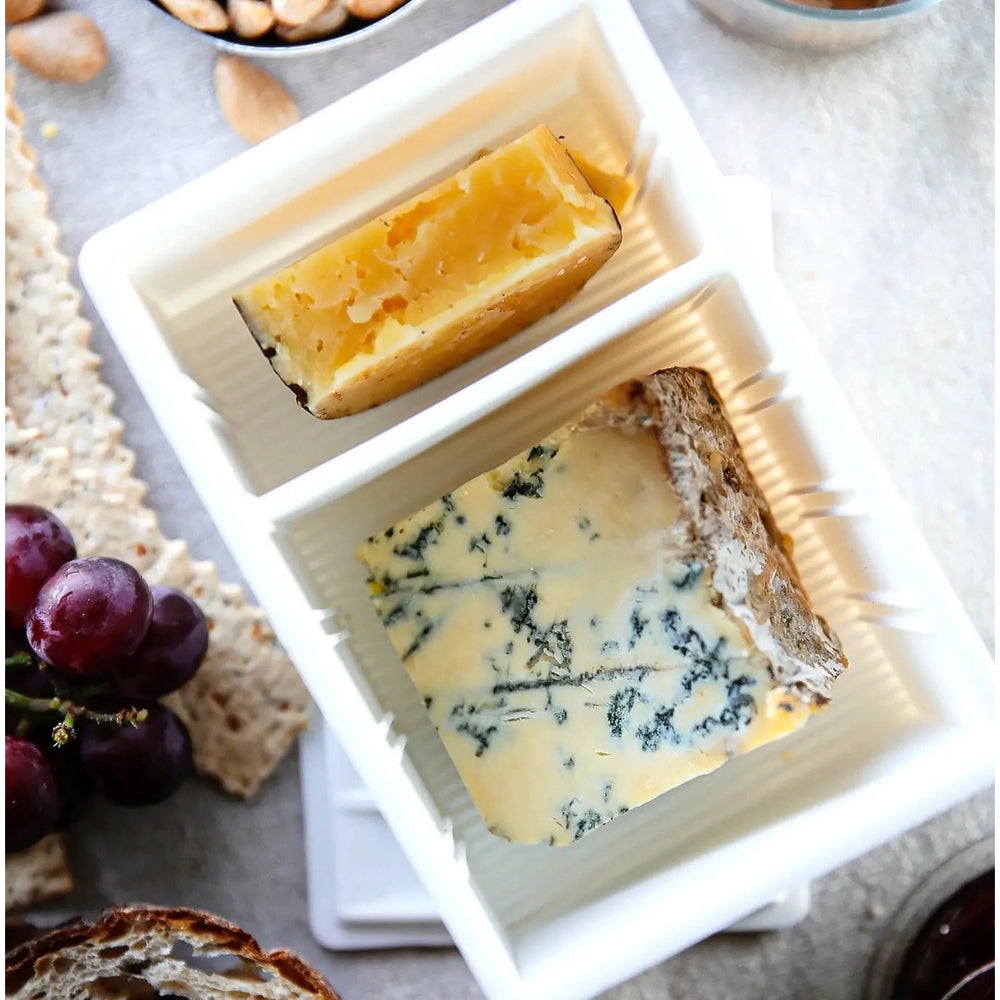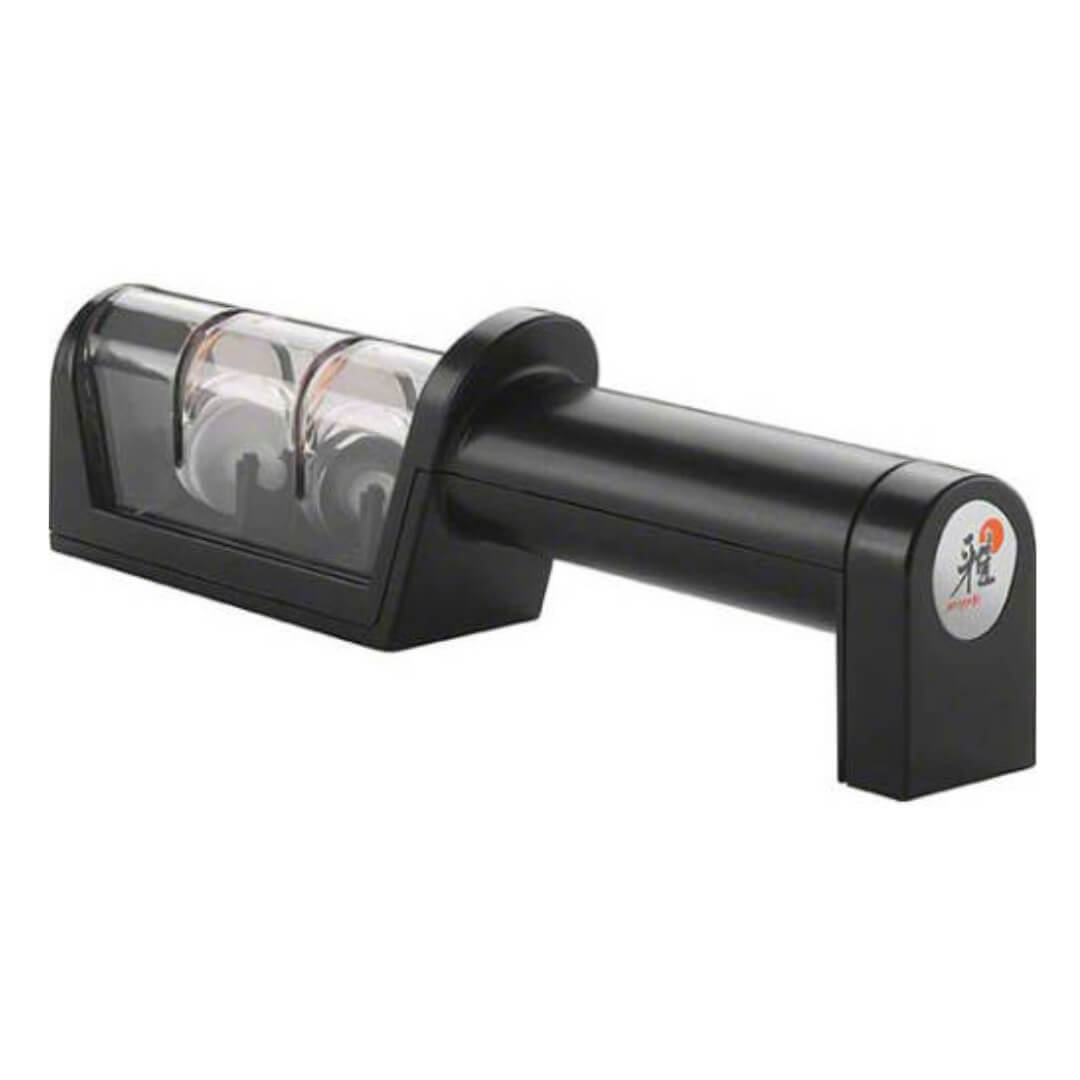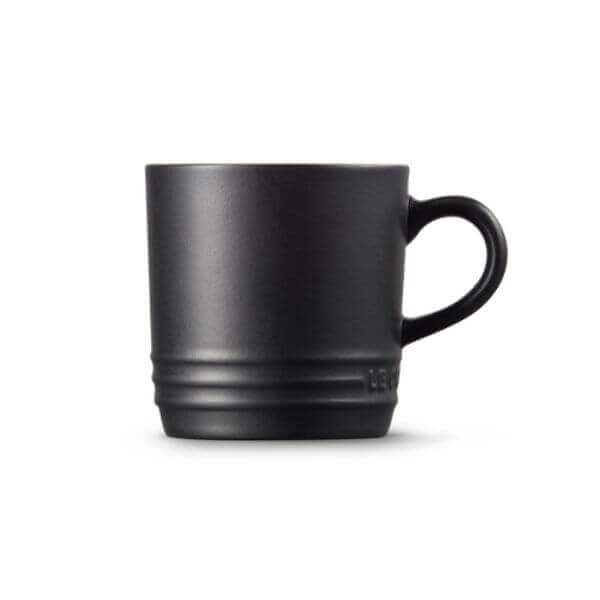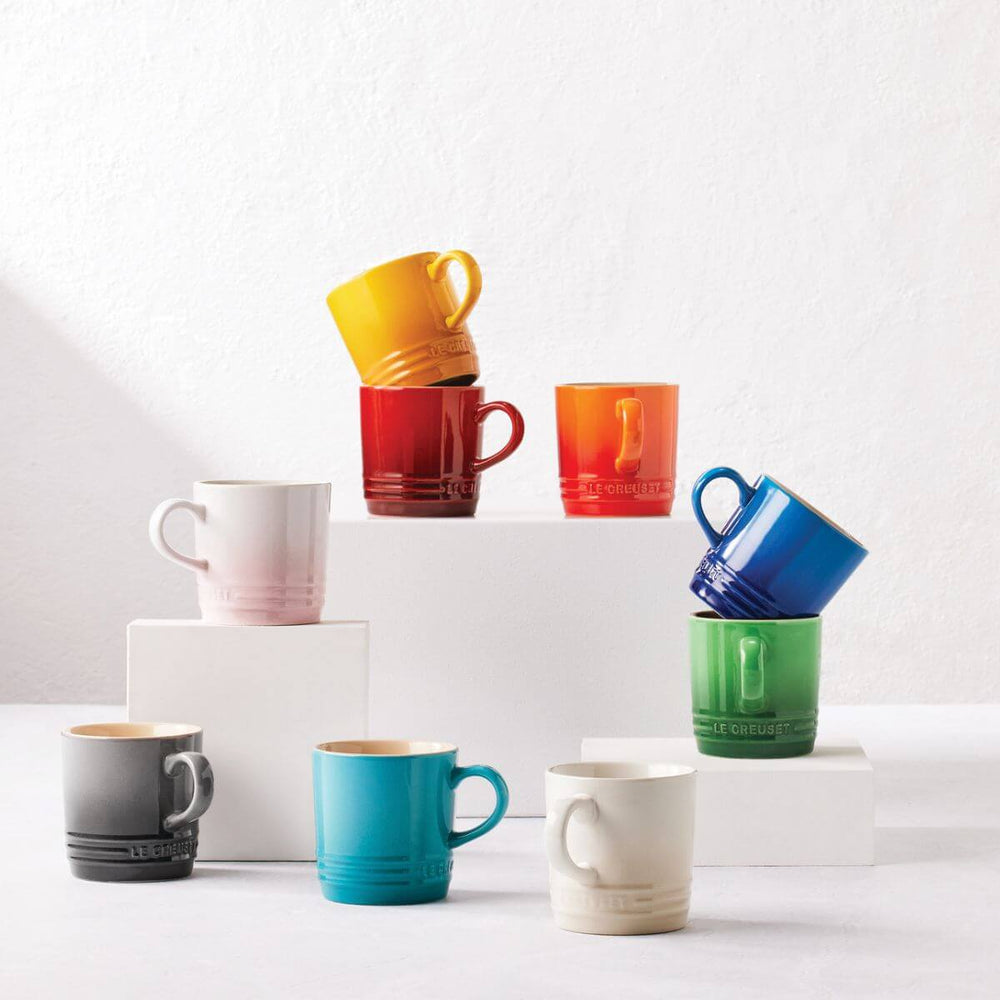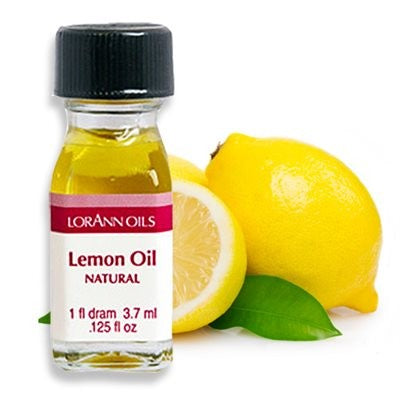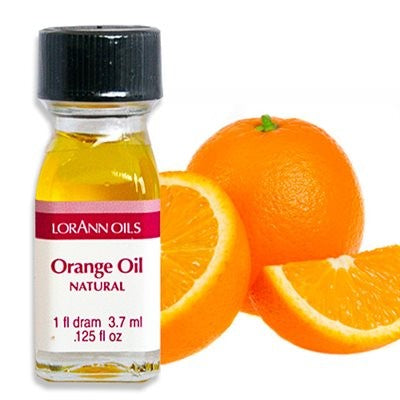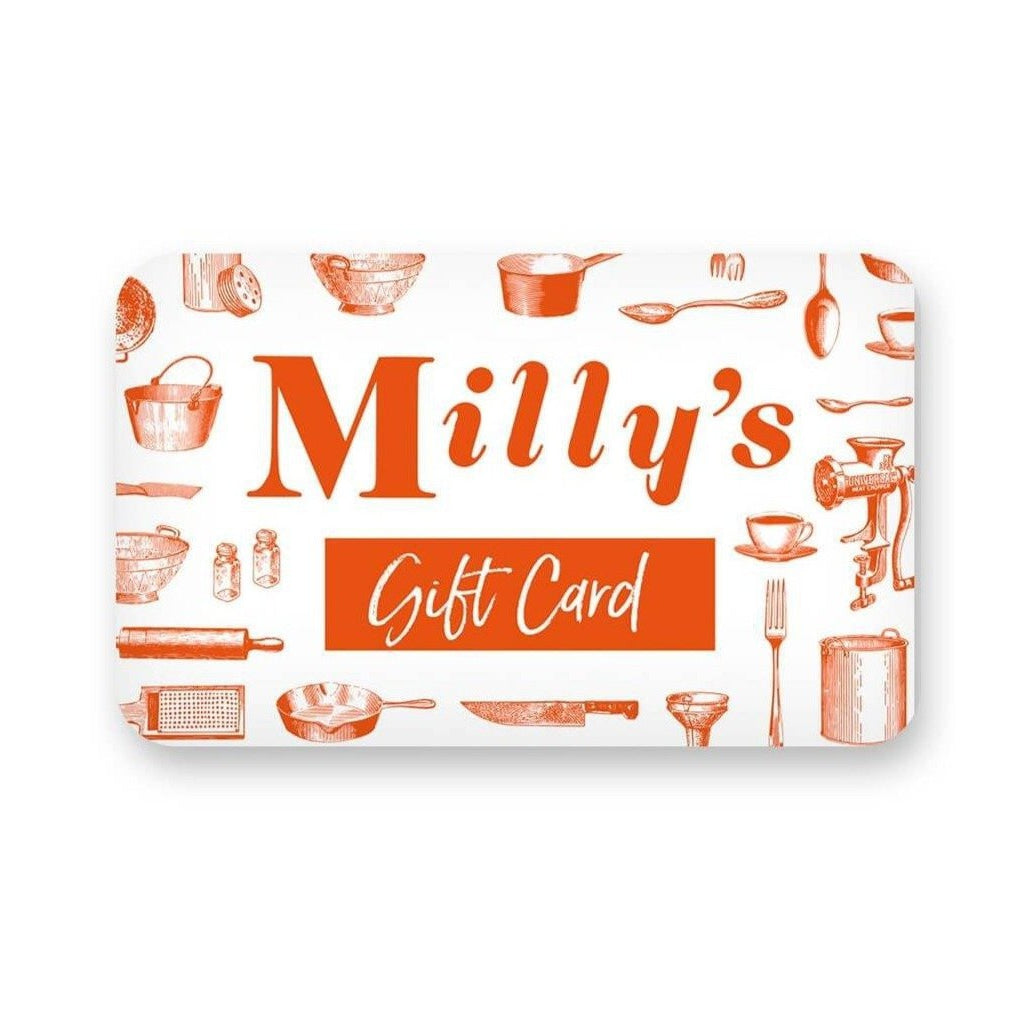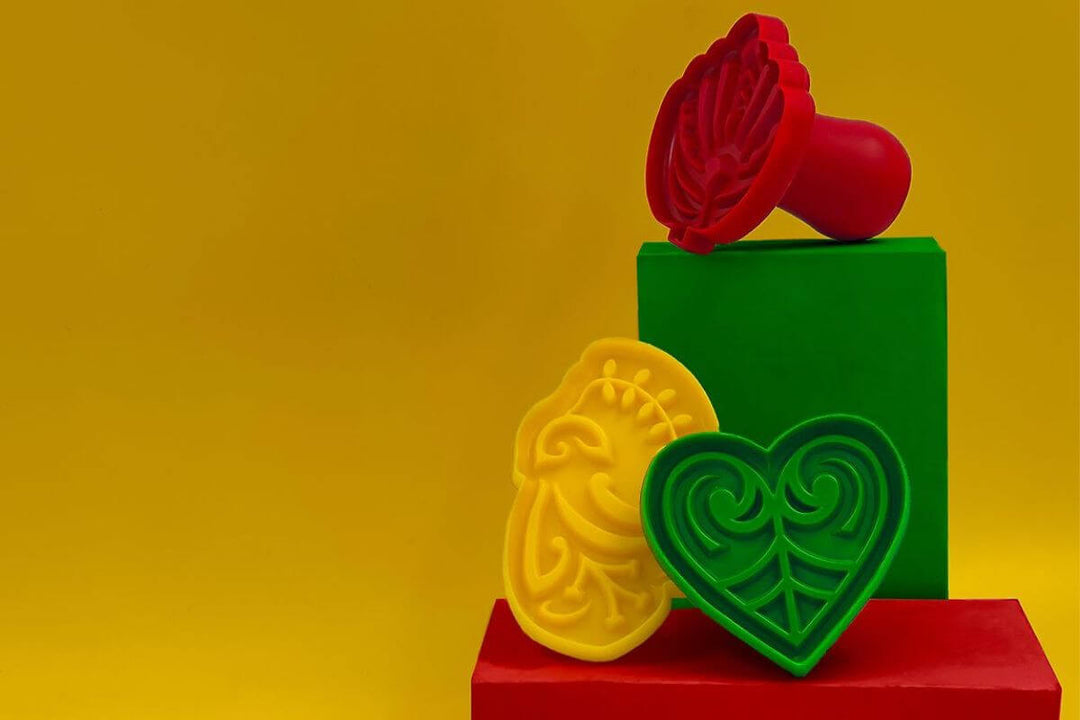Milly's 101: Matching a recipe to your tin
In our Milly's Baking 101, we explored some of the things that can go wrong with baking, one of the key things being weighing and measuring your ingredients. With baking it's essential you have all the ingredients at the perfect measurements, keeping the ratio correct for successful results everytime.
We're often asked, how can I use this recipe in another style tin, perhaps you want a larger/ smaller cake, maybe it's a square and you're wanting round.
When looking at adjusting a recipe for another size or shape you need to consider the volume of the tin your recipe's written to fit, consider the volume of the tin you want to use and adjust your recipe accordingly. Here's our formula & some tips.
Step 1 area conversions;
Generally you'll be working with a recipe made for a square or round tin. Now you'll need to do some maths but you effectively want to use the following formulas;
Square: Area=S² with (S) being the length of the side.
Round: Area=πr² where pi (π) equals 3.14 and the radius (r) is half the diameter.
Rectangle: Area=LxW with (L) being the length and (W) the width.
Specialty Pieces: See our notes below for working with specialty shaped pans.
Here are the surface areas for our more popular size pans;
| Cake tin size |
Round Surface area of tin |
Square Surface area of tin |
| 4inch / 10cm | 12.56" / 31.9cm | 16" / 40.64cm |
| 5inch / 12.7cm | 19.63" / 49.86cm | 25" / 63.5cm |
| 6inch / 15.24cm | 28.26" / 71.78cm | 36" / 91.44cm |
| 7inch/ 17.78cm |
|
|
| 8inch / 20.32cm | 50.24" / 127.60cm | 64" / 162.56cm |
| 9inch / 22.86cm | 63.59" / 161.51cm | 81" / 205.74cm |
| 10inch / 25.4 | 78.50" / 199.39cm | 100" / 254cm |
| 11inch / 27.94cm | 94.99" / 241.27cm | 121" / 307.34cm |
| 12inch / 30.48cm | 113.04" / 287.12cm | 144" / 365.76cm |

Step 2 calculate your adjustments;
Once you have your 2 surface areas you can work out your adjustment amount;
Surface Area of New Tin Size ÷ Surface Area of Original Tin Size = Adjustment Amount
Original Ingredients x Adjustment Amount = New ingredients total
Use the same formula for adjusting your recipe up or down a size.
NB: How do you split an egg? Tricky because there's no easy way around this but you could consider weighing them and try to work it out? Simply work out the weight you need, then break the extra egg into a cup, mix it together and take out what you need by weight.
Or, you may have to go up to the next full egg measurements and make a little extra in another pan, or go down one and work with a cake that's not necessarily as deep as the original.
If your recipe asks for egg whites keep in mind the white makes up approximately two-thirds of an egg’s weight:
Small (size 5) eggs weigh about 55g (about 35g for the white)
Medium (size 6) eggs weigh about 65g (45g for the white)
Large (size 7) eggs weigh about 75g (50g for the white).
Step 3 adjust the method;
Most of your method will remain the same, the main thing to keep in mind is your baking time and the exposure of your cake to the heat of the oven.
So, if you've made the recipe larger, it's going to need a longer baking time but you want to be careful of over-browning the edges. So you will want to consider reducing the heat and increase the baking time, maybe consider lining the outside of the tin (or using Wilton bake-even strips) to reduce heat on the edges but give the middle time to bake through. If it's a very large cake we would recommend a heating core rod or core insert, talk to the team about how these can help.
With a smaller cake you want to maintain the temperature but reduce your cooking time. Effectively, you're entering the unknown here so you'll want to set your timer, have your cake tester at the ready and check it regularly.
Special mention: Specialty pans
We of course whole heartedly endorse more intricate specialty pans, NordicWare bundts, gorgeous shaped pans be they soccer balls, castles, crowns, cars and more. But to use one of these with an existing recipe you need to work with the volume, so again some maths is needed.
Step 1: Weigh your pan and make a note of the weight
Step 2: Leave the pan on your scales and fill it to where you would a cake mix with water, make a note of the weight. Subtract the weight of your pan from the weight when filled with water and you have the volume for your pan.
NB: We generally have the capacity listed with our specialty pans on our website and/or it's usually on the packaging of our tins, so make a note of these somewhere with your recipes when you add to your bakeware collection.
Now, if you have a recipe you use regularly you could follow the same method as you've done above, the volume in its regular tin is what your recipe makes. If it's a new recipe you'll need to look at the pan they've used and calculate the volume. Once you have the volume of the pan you want to use, and the volume your recipe makes, you'll need to look at the difference and calculate that as a percentage, then adjust your measurements to match.
With specialty pans it's really a matter of making sure you're filling it enough for impact, so you really don't want to be under-filled. If the recipe's larger in volume than what you need, we'd be tempted to just work with what they've written and bake the remaining mix in a ramekin or muffin pan separately, to save wasting any mix. However, if you're commited to this pan/recipe combination it's worth working out the perfect fit using the percentage.
Fat Daddio's have a handy Cake Baking Guide which includes the recommended baking times for most of their pans and the batter recommendations for each pan size. It's a fantastic resource for baking with anodised aluminium pans & looking at cake pan volumes, you can download it here.


